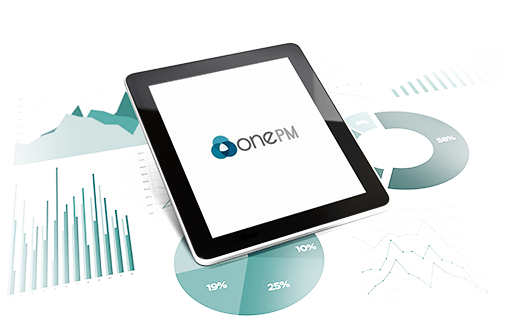Organizations often refer to people as their most important asset, but many fail to adequately plan for what happens when those people leave the business.
When it comes to asset management and reliability, the loss of Intellectual Property is costly, but can be prevented.
At almost every site within every business, there are those one or two experts, known for their detailed knowledge of the site’s plant and equipment. They know what to do and what not to do when an asset fails, because they’ve seen it all before. Similarly, they know how that asset needs to be maintained or serviced on a regular basis.
Some of this information may be documented in spreadsheets or in the organization’s Work Order Management System, but it is often incomplete. For example, you may have a work order that specifies how a pump should be maintained, but that work order is unlikely to specify how that maintenance plan was decided on.
This lack of context may not seem like a big deal when there’s an expert onsite to fill in the gaps. However, let’s say that expert has retired. How do you ensure that any future changes to the maintenance plan don’t repeat any mistakes from the past?
Improving retention and sharing of employee knowledge
We recommend that organizations establish a connected dataset or centralized platform for reliability intelligence. The platform can be used to record everything you need to know to keep evolving your asset strategies, irrespective of key individuals leaving the business. This includes all strategy related content, asset strategy tactics and make and model information. The information can then be leveraged enterprise-wide to standardize and optimize your asset strategies while catering for different operational or environmental conditions across sites.
There are several benefits to this approach, including:
- Reduced reactive maintenance and increased plant availability by ensuring your best strategies are applied to all assets across all sites
- Reduced maintenance costs through a reduction of reactive maintenance
- Time and resources saved by being able to share your strategies across sites rather than endlessly repeating the same work
Centralizing your organization’s intelligence
If you currently have multiple sites working in isolation without any standard asset strategies, the idea of establishing and working from one central knowledge base may seem like a lofty goal. The good news is that you do not need to start from a blank sheet of paper.
Using a solution like Cordant™ Asset Strategy, you can fast track the development of a central knowledge base for your business by leveraging generic content like asset failure rates and standard maintenance tasks and overlaying this with your organization’s intellectual property.
ARMS Reliability can help you with this process by working with your subject matter experts to develop standard asset strategies and optimize these based on organizational and local context.


